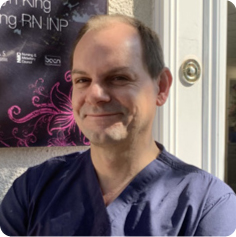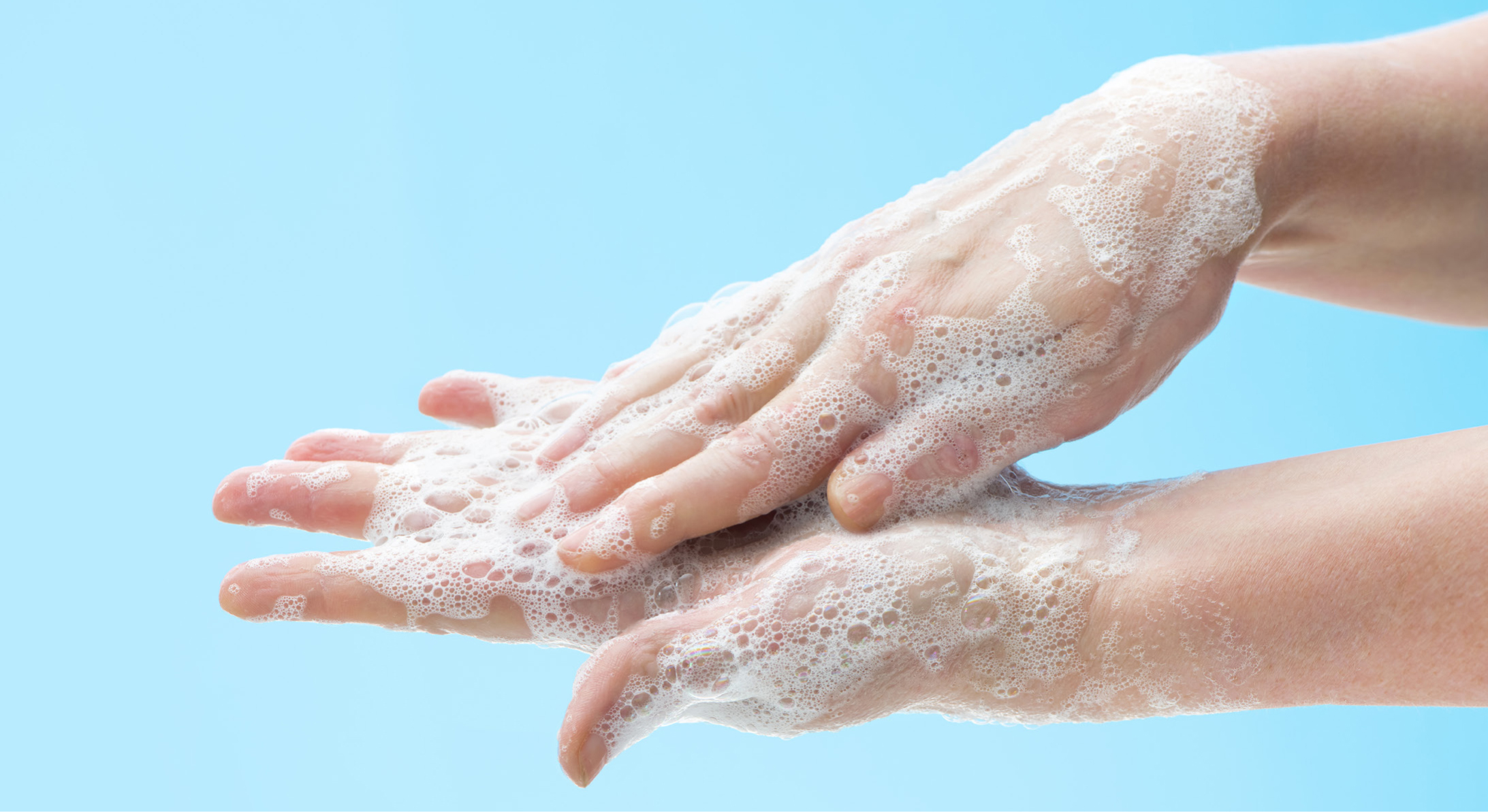

NOTE: The Joint Council for Cosmetic Practitioners (JCCP) is currently in the process of updating its premises standards, which determine the clinical standards required for various treatment modalities. More invasive procedures or those with a higher degree of risk associated with the treatment require enhanced environmental and practitioner standards to ensure safe practice, minimise risk and permit the ability to identify and manage side effects and complications. We consider that equal emphasis and attention should be placed on premises standards, as well as the education, training and practice competency standards that we expect from practitioners. The JCCP's view is that the performance of live demonstrations at conferences are unlikely to be able to demonstrate compliance with the premises standards required to assure health protection and patient safety. Therefore, organisers and manufacturers are encouraged to consider the use of pre-recorded treatments as a safer and alternative option. However, the following article outlines factors that should be considered if a live demonstration is to be undertaken.
COVID-19 has been at the forefront of everyone's minds for the past 2 years, and there are probably very few people who it has not impacted. However, it now seems to have almost completely disappeared from the media, despite people still testing positive, but the country must begin to return to normality and companies returning to business as normal. Although many aesthetic practitioners will continue to comply with their COVID-19 policies and procedures with additional infection control measures in place, the sector is desperate to reconnect and start face-to-face meetings and conferences again. On a positive note, there have been some learning points from the pandemic, including a greater focus on infection control and health protection, social distancing, paperless record-keeping, more attention paid to medical history taking and consultations and a better understanding of complications and consent.
One of the great attractions of conferences is being able to observe live demonstrations, but there are many factors to be considered to ensure that these are performed according to best practice, professional standards and patient safety requirements. Undoubtedly, pre-recorded treatments that are filmed in an appropriate clinical setting are likely to produce a better visual result and adhere to best practice and infection control measures, as well as ensure the provision of appropriate facilities and equipment if any side effect or complication occurs. However, if live demonstrations are to be performed, it is essential that an appropriate risk assessment is performed, documented and underpinned by robust evidence.
The process of live demonstrations
The process for a live demonstration needs to begin before the actual day of the event. The practitioner performing the treatment should provide evidence of their training and competency to perform the procedure and provide a copy of their medical indemnity insurance to the conference organiser, which must provide cover outside of their normal workplace. The organiser should also undertake their due diligence and ensure that the practitioner holds current registration with their professional body, with no restrictions on practice, where this is appropriate. Any promotion of the event must comply with advertising standards and the Committee of Advertising Practice (CAP) code. Appropriate indemnity insurance must also be in place.
Consultation and cooling-off period
The model, who will form the focus of the demonstration, should engage in consultation with the treating practitioner prior to the demonstration, so that they can be assessed for their suitability for the procedure, as well as understand what the treatment involves and what they should expect from it. Advice on aftercare that should be followed and an informed discussion about potential side effects and complications should also be undertaken. The patient should be specifically informed that the demonstration will be performed before a live audience and not in a purpose fitted clinical environment. The consultation should be conducted at least a few days before the event, so that the patient has time to consider all of the information that has been provided to them and have a cooling-off period before formally agreeing to proceed with the treatment. A medical history should be completed during the consultation and any pertinent risks based on the patient's circumstances should be highlighted (including any recent exposure to viral infection, such as COVID-19).
The venue
The demonstration venue should be properly fitted out in such a manner that is appropriate to the procedure being performed. Handwashing facilities should be available next to the treatment area, which may require the provision of a mobile hand wash station. There needs to be an appropriate clinical surface to work from, such as a sterile clinical trolley. All surfaces require disinfection and an appropriate sterile field in place. If needles, cannula or other surgical instruments are to be used, sharps disposal needs to be available next to the treatment area to prevent the risk of sharps injuries. Sharps boxes should be sealed prior to removal from the treatment zone and disposed of safely. It is also recommended that anyone within the treatment area should wear a face mask to limit the transmission of airborne infections, such as COVID-19.
Adequate space should be provided for the treatment being undertaken and only essential people present. Conference organisers should consider providing a dedicated screened off area with all these facilities in place. The demonstration can then be livestreamed to the audience. This provides a more comfortable, safe and confidential environment for the practitioner and the patient without distractions or potential crowding of the treatment area. Non-clinical personnel, such as the filming crew, should be briefed on what will happen during the treatment and where it is safe to place equipment and where to stand and move. This is so as not to interfere with the procedure, risk contamination of the treatment area and not be put at risk of sharps or splash injuries. If livestreaming in a closed environment is not possible or desired, treatment within a rigid Perspex screened off area will provide a safer environment and adequate space away from the audience, as well as reduce the risk of contamination. All surfaces, screens and flooring should be uncarpeted and suitable for cleaning and disinfection.
» Non-clinical personnel, such as the filming crew, should be briefed on what will happen during the treatment and where it is safe to place equipment and where to stand and move «
Hazards and equipment
Trip hazards should be identified and removed from the treatment zone prior to any procedure being undertaken. If there are cables required for filming or other purposes, these should be limited to a minimum and either lifted to above head height or taped down securely. Similarly, any change in the height of the flooring or steps should be clearly displayed using tape or other visual markers.
Conference venues are generally not as well-illuminated as clinical treatment rooms, possibly necessitating the provision of additional lighting to allow the practitioner to perform the procedure safely and effectively.
The practitioner also needs to ensure that all equipment, products, medicines and stock that may be required for use during the procedure is appropriately labelled, stored and accessible during the procedure prior to the commencement of the treatment. This also includes any medicines or equipment that might be required to deal with any potential side effect or complication, such as resuscitation equipment, hyaluronidase for filler demonstrations and adrenaline. The practitioner needs to be trained and competent to deal with any of these situations. It is also recommended to have a spill kit at the venue to deal with any blood or other contaminated material that is spilt.
Live demonstrations involving lasers or any other light-based device are generally not recommended due to the higher potential risk of harm, but if they are considered, they should only be performed in a ‘light-tight’ area that is locked from the inside or fitted with an interlock and appropriate eye protection for patients, practitioners, assistants and the filming crew. If electrical devices or other equipment that can pose a fire hazard are to be used, there should be easy access to firefighting equipment and a fire extinguisher that is appropriate to deal with any identified risk.
Follow-up
Prior to treatment, the practitioner should ensure that the model is fully informed on the procedure and has had all their questions answered and been provided with adequate aftercare, preferably either written or electronically and a consent form should be signed. Clinical/medical records should be kept that detail:
- The practitioner's name
- The date
- The patient's details
- The treatment performed
- The products used (including batch numbers and expiry dates)
- The area(s) treated
- Any other settings.
The practitioner should arrange appropriate patient follow-up after the procedure and provide them with a contact number and an out of hours number in the event of a complication or expressed patient concern. If there is considerable distance between the patient's home address and that of the practitioner, a more local competent practitioner may be identified to provide follow-up and aftercare if needed.
» If there is considerable distance between the patient's home address and that of the practitioner, a more local competent practitioner may be identified to provide follow-up and aftercare if needed «
Live demonstrations may be possible to perform safely if a comprehensive and appropriate risk assessment and facility are in place, depending on the treatment modality. Each treatment and procedure will require a careful assessment prior to the demonstration and must be accompanied by a range of procedural and environmental safeguards, depending on the procedure being undertaken at the time.



